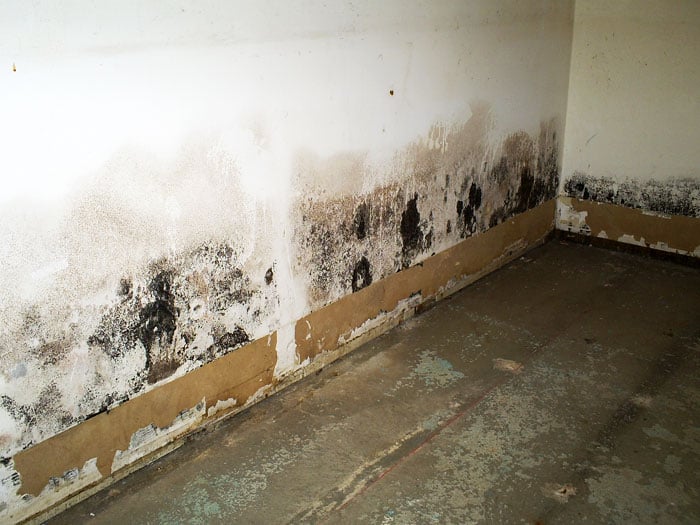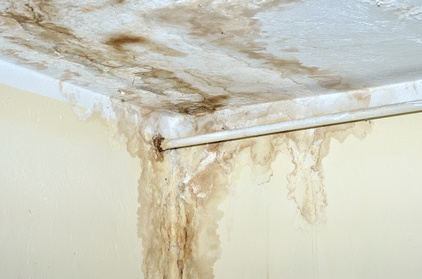Do's & Don'ts of Water Damage.
Do's & Don'ts of Water Damage.
Blog Article
Nearly everybody has their personal opinion on the subject of Preventing Fires and Water Damage In Your Home.

Though water gives life, water breach on parts where it's not meant to be can cause damage. It can peel away surface areas as well as deteriorate the structure if the water saturates right into your structure. Mold as well as mold likewise prosper in a wet setting, which can be unsafe for your wellness. Residences with water damages scent old and also mildewy.
Water can originate from numerous sources such as tropical storms, floodings, burst pipelines, leaks, and sewage system problems. In case you experience water damage, it would certainly be great to recognize some security precautions. Below are a few standards on how to manage water damage.
Do Prioritize Residence Insurance Policy Protection
Water damages from flood because of hefty winds is seasonal. You can additionally experience a sudden flood when a damaged pipeline suddenly ruptures right into your residence. It would certainly be best to have residence insurance that covers both acts of God such as natural disasters, as well as emergency situations like damaged plumbing.
Do Not Neglect to Switch Off Energies
In case of a calamity, specifically if you stay in a flood-prone location, it would certainly be a good idea to shut off the primary electric circuit. This removes power to your entire home, protecting against electric shocks when water is available in as it is a conductor. Do not fail to remember to turn off the major water line shutoff. Furniture will relocate around and trigger damage when floodwaters are high. Having the major valve shut down stops further damages.
Do Remain Proactive and also Heed Weather Condition Signals
Storm floods can be extremely uncertain. Stay positive as well as ready if there is a background of flooding in your neighborhood. If you live near a river, creek, or lake , listen to discharge cautions. Get belongings from the ground floor and cellar, after that put them on the greatest feasible level. Doing so reduces possible property damages.
Don't Disregard the Roofing System
You can prevent rainfall damage if there are no holes and also leaks in your roofing. This will protect against water from flowing down your walls as well as saturating your ceiling.
Do Take Notice Of Tiny Leakages
A ruptured pipe does not take place overnight. Generally, there are warnings that indicate you have weakened pipes in your home. You may discover gurgling paint, peeling off wallpaper, water touches, water stains, or trickling audios behind the wall surfaces. Eventually, this pipeline will break. Preferably, you need to not await points to intensify. Have your plumbing repaired before it results in enormous damage.
Do Not Panic in Case of a Ruptured Pipeline
When it comes to water damage, timing is vital. Therefore, if a pipeline bursts in your house, quickly shut off your primary water shutoff to cut off the source. Call a trustworthy water damage reconstruction specialist for support.
Water provides life, water breach on components where it's not supposed to be can result in damage. Houses with water damage smell old and moldy.
Water damages from flooding charges to hefty winds is seasonal. You might see bubbling paint, peeling off wallpaper, water streaks, water discolorations, or trickling audios behind the wall surfaces. When it comes to water damage, timing is essential.
Some Do's & Don't When Dealing with a Water Damage
DO:
Make sure the water source has been eliminated. Contact a plumber if needed. Turn off circuit breakers supplying electricity to wet areas and unplug any electronics that are on wet carpet or surfaces Remove small furniture items Remove as much excess water as possible by mopping or blotting; Use WHITE towels to blot wet carpeting Wipe water from wooden furniture after removing anything on it Remove and prop up wet upholstery cushions for even drying (check for any bleeding) Pin up curtains or furniture skirts if needed Place aluminum foil, saucers or wood blocks between furniture legs and wet carpet Turn on air conditioning for maximum drying in winter and open windows in the summer Open any drawers and cabinets affected for complete drying but do not force them open Remove any valuable art objects or paintings to a safe, dry place Open any suitcases or luggage that may have been affected to dry, preferably in sunlight Hang any fur or leather goods to dry at room temperature Punch small holes in sagging ceilings to relieve trapped water (don't forget to place pans beneath!); however, if the ceiling is sagging extremely low, stay out of the room and we'll take care of it DO NOT:
Leave wet fabrics in place; dry them as soon as possible Leave books, magazines or any other colored items on wet carpets or floor Use your household vacuum to remove water Use TV's or other electronics/appliances while standing on wet carpets or floors; especially not on wet concrete floors Turn on ceiling fixtures if the ceiling is wet Turn your heat up, unless instructed otherwise

As an avid reader about How To Prevent Fire And Water From Ruining Your Holiday Season, I was thinking sharing that piece of content was a smart idea. Remember to take the opportunity to share this post if you enjoyed it. Kudos for your time. Come back soon.
Report this page